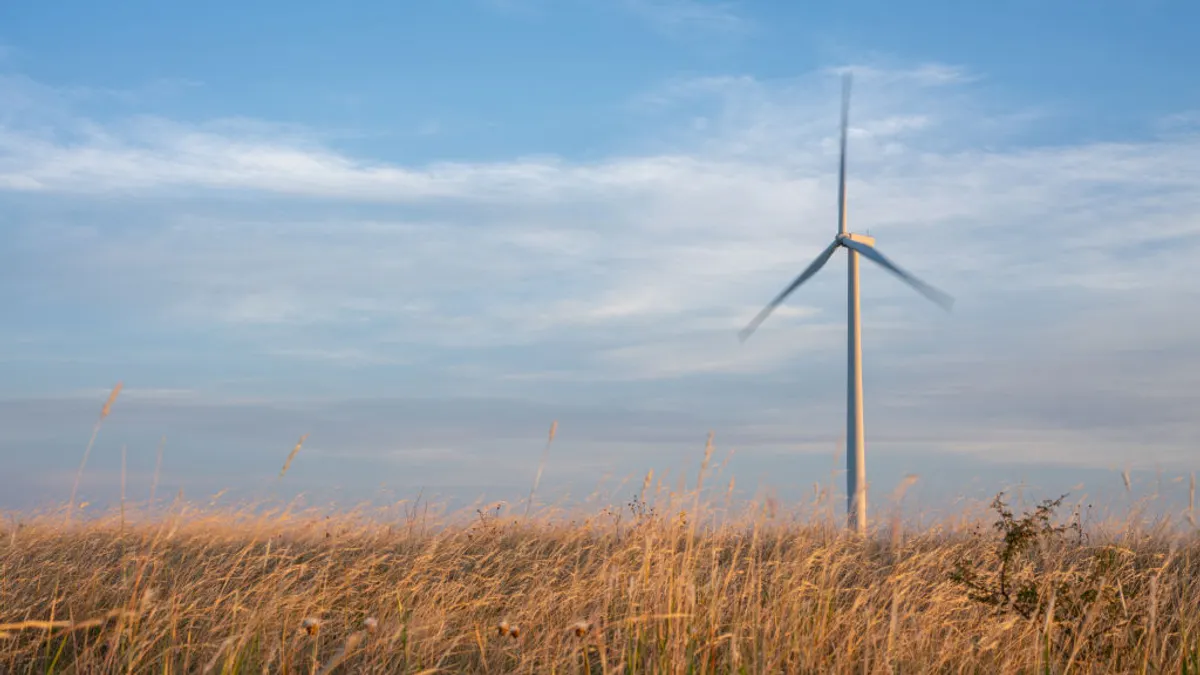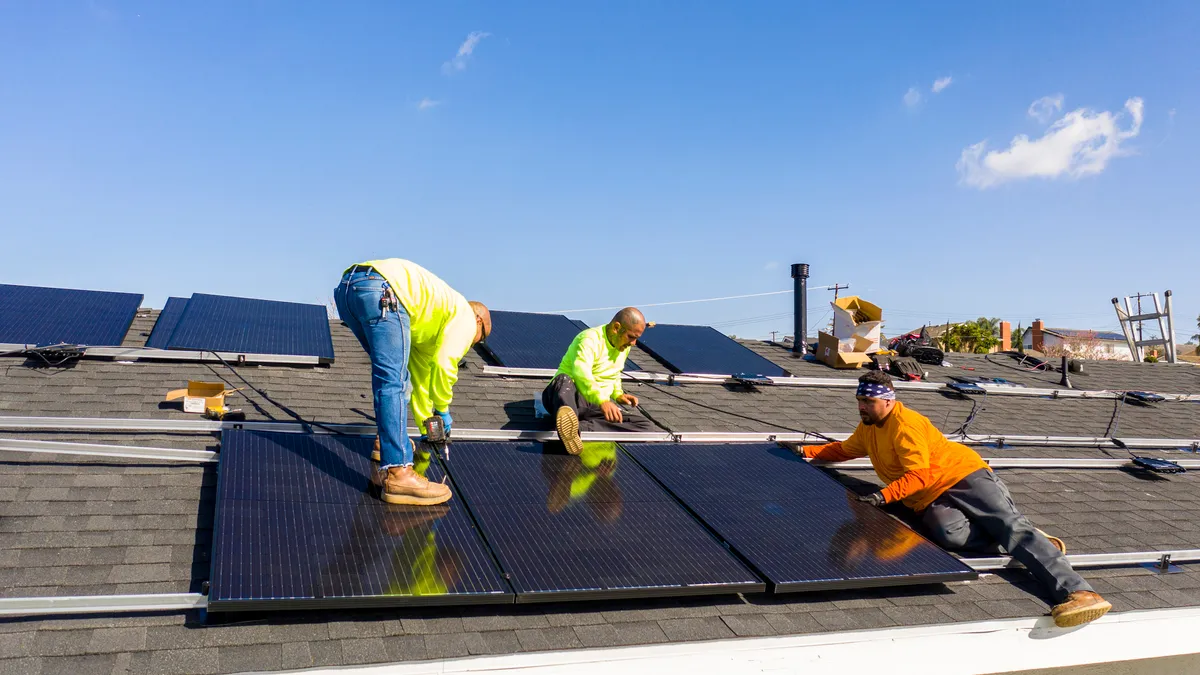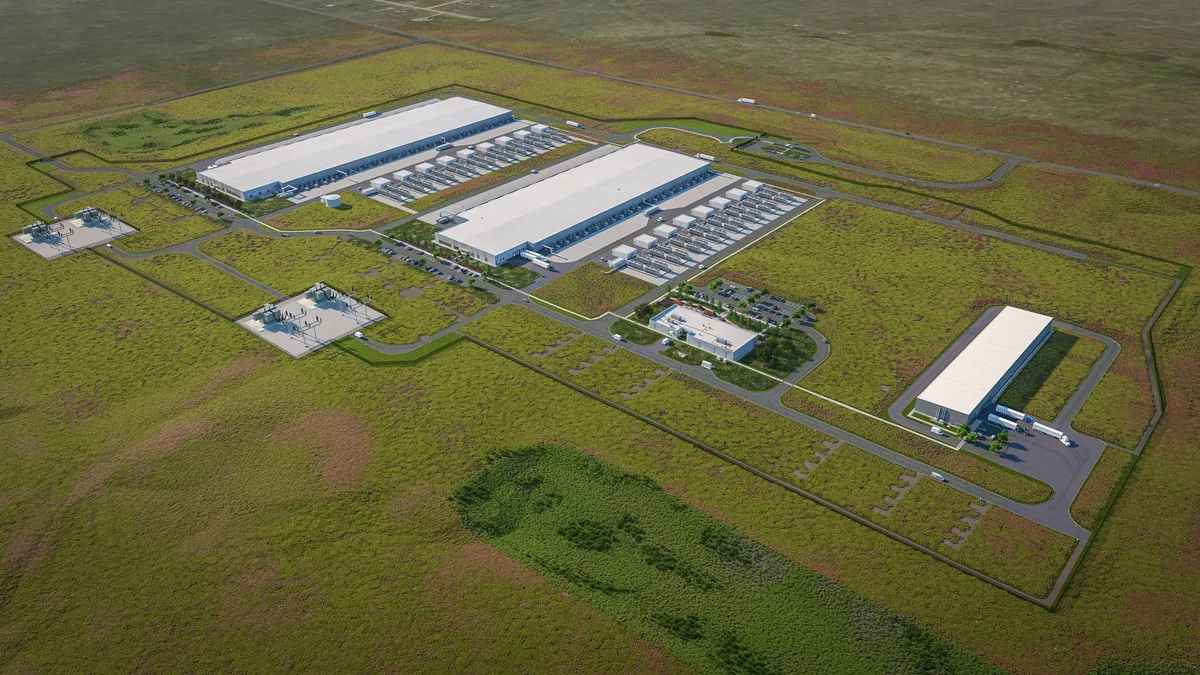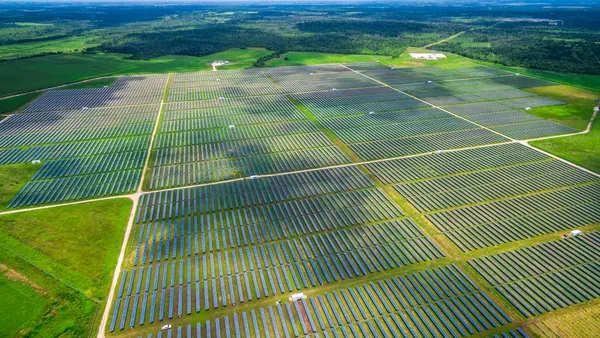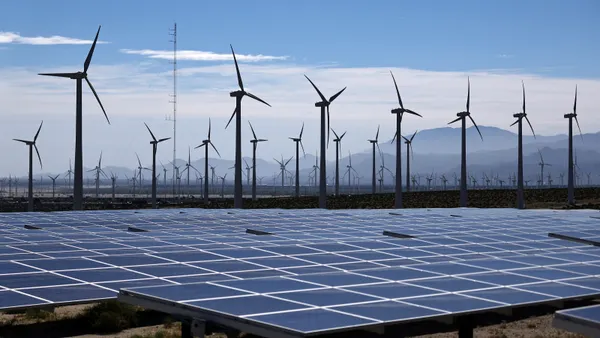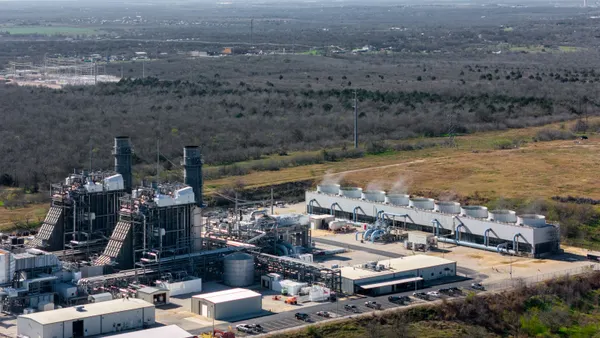Simon Mahan is executive director of the Southern Renewable Energy Association. Jamie Moody is SREA’s communications director.
Across the country, renewable energy projects are hitting local roadblocks.
According to Heatmap News, about one in five U.S. counties now restrict or ban the development of new wind and solar power, part of what the outlet calls a “regulatory seachange” that’s stalling clean energy and driving up costs for utility ratepayers.
While America’s energy transition is often framed through national policy, some of the most important drivers are governments in rural counties and states. In Arkansas, Louisiana and Mississippi, counties and parishes hold the keys to unlocking wind’s potential. They’re standing at a crossroads: choose smart siting, or inadvertently choke off billions in investment, landowner income and their own local tax revenue.
The challenge is growing, and so is the cost of inaction.
Arkansas passed the Wind Energy Development Act, which praises the potential of wind power, but pairs it with some of the strictest regulations in the state, effectively halting new development. Five counties in Arkansas have also enacted moratoriums on wind and solar projects. Mississippi introduced Senate Bill 2227 to study turbine impacts, and Louisiana recently passed HB 459 to update siting rules. This resulted in promising rural projects being stuck in limbo, halting momentum.
Despite these setbacks, there’s still a clear path forward for the South.
Projects like Cordelio’s Crossover Wind in eastern Arkansas are already in development, and AES’s Delta Wind in Mississippi, has been operational for over a year. A dozen more utility-scale wind projects are being evaluated across the region, signaling a shift in the South’s energy landscape. Investors and landowners are prepared to lease farmland, support schools and roads and fortify economic stability in rural communities. Yet loopholes and vague ordinances threaten to cut these benefits short.
The solution: smart, transparent local ordinances
The American Clean Power Association’s Model Wind Ordinance is a strong foundation. Here’s what it proposes:
- Voluntary participation: clear setback rules with opt‑outs empower landowners.
- Science‑based standards: noise and flicker limits protect neighbors without imposing arbitrary bans.
- FAA‐verified safety: turbine height and lighting standards keep aviation safe and nuisance low.
- Responsible decommissioning: Financial safeguards ensure turbines are removed or repowered at the end of their useful life.
- Clear, predictable permitting: Defined timelines and public input requirements help streamline reviews and build trust.
When counties adopt smart, balanced rules, they protect property rights, attract investment and avoid costly legal fights. Blanket bans just stall economic growth and limit local control.
If we block renewables, we’re doubling down on gas and coal and exposing communities to price swings and pollution. Local officials can encourage investment and support economic development by using the ACP Model Wind Ordinance as a guide.
With clear rules, local benefits and voluntary participation, counties in Arkansas, Louisiana and Mississippi can boost rural economies and power a better future.
Rural America won’t be gone with the wind, it will lead the way.


